With its outstanding training and research potential, the city has the opportunity to build a comprehensive university ecosystem to serve regional and national development. However, the problem is how to connect and promote the strength of linkages between schools to solve big problems.
Abundant potential
Before the merger, Ho Chi Minh City was one of the two largest higher education centers in Vietnam, with more than 60 higher education institutions and a training scale of about 600,000 students.
Associate Professor Dr. Vu Anh Tuan - Director of the Center for Transport Research, VGU said that the city government needs to create trust and a fair and transparent environment in assigning tasks, investing and cooperating with higher education institutions. When schools are trusted and given favorable conditions to develop, the team of scientists can proactively contribute and accompany the city in the development process.
Higher education institutions in Ho Chi Minh City are widely distributed, from the city center to the suburbs, including many branches of schools headquartered in Hanoi such as Foreign Trade University, University of Transport, University of Water Resources, University of Labor and Social Affairs, Academy of Posts and Telecommunications Technology, Academy of Public Administration and Management. Ho Chi Minh City National University is the largest unit, with an area of over 643 hectares, including 8 member schools.
The training scale of Ho Chi Minh City National University by the end of 2024 will reach more than 100,000 students, of which 97,000 are full-time university students. Ho Chi Minh City University of Economics (UEH) is the next largest unit, with nearly 40,000 students.
Before the merger, Binh Duong owned 5 universities: Binh Duong University, Thu Dau Mot University, Viet Duc University, Eastern International University, Binh Duong University of Economics and Technology, along with Ho Chi Minh City Open University and Thuy Loi University branch. Ba Ria - Vung Tau had 2 universities: Ba Ria - Vung Tau University and Vietnam Petroleum University. The total scale of university training of universities in these 2 localities previously reached about 70,000 students.
Thus, after the merger, the expanded Ho Chi Minh City metropolitan area owns more than 70 higher education institutions, affirming its position as a "super university city". Universities here provide multidisciplinary training programs, covering all fields, and have more opportunities to contribute to research and policy making for the development of the Southeast region and the whole country.
Vietnamese-German University (VGU) is a typical example. Established in 2008, built towards an excellent university, on the basis of cooperation between the Ministry of Education and Training of Vietnam, the Ministry of Science and Arts of the State of Hessen, the Ministry of Education and Research of the Federal Republic of Germany, VGU is aiming to become a leading research university in Vietnam and in the region.
Headquartered in Binh Duong province (old), during the development process, VGU has built specialized research groups that have made practical contributions to Ho Chi Minh City. Before the merger, the school maintained 2 research groups operating directly in Ho Chi Minh City, providing consulting and strategic solutions for urban and traffic issues. Not stopping there, VGU also participates in training human resources and developing an ecosystem to serve the international financial center in Vietnam - one of the pillars in the knowledge-based economic development strategy of Ho Chi Minh City.
Associate Professor Dr. Vu Anh Tuan - Director of the VGU Transport Research Center, said that merging localities into the new Ho Chi Minh City will create favorable conditions for the school to expand its cooperative ecosystem in research, policy consulting and implementing projects directly linked with the government and businesses. "Becoming a part of the new Ho Chi Minh City allows the school to play a clearer role in promoting socio-economic development and increasing its academic influence at the regional level," Mr. Tuan emphasized.
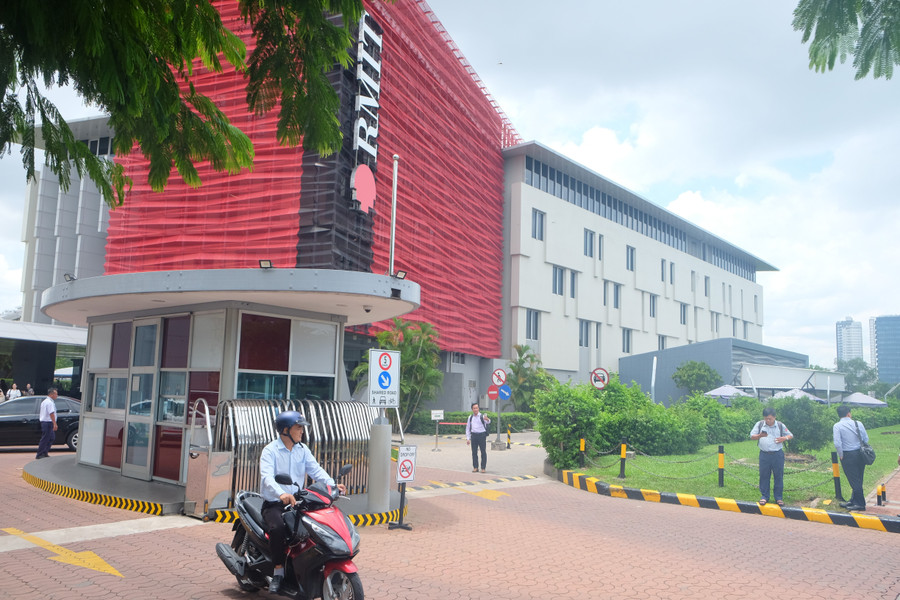
The government "set the math problem"
In the new era, where knowledge plays an important and decisive role, universities are not only places to train human resources, but must also play a central role in socio-economic development. However, to do that, it is impossible to continue to develop according to a single, fragmented model. The prerequisite to create a strong university system, capable of solving the big, long-term problems of Ho Chi Minh City and the key economic region of the South, is connectivity.
According to Dr. Ho Thanh Tri - Director of the International Institute, Ho Chi Minh City University of Industry and Trade, the construction of a university "super city" cannot rely solely on the spontaneous development of each training institution, but requires strategic coordination between two main entities: the university system and state management agencies and local authorities. In addition, selectively referring to international models and adjusting them to suit the Vietnamese context is an important factor to ensure the feasibility and effectiveness of the process of creating a regional university ecosystem.
To successfully build a university “super city”, according to Dr. Tri, first of all, there needs to be an overall view from the State management agency and local government. He emphasized 4 key factors: Strategic planning, specific financial and legal mechanisms, establishing a coordination hub and smart connection infrastructure.
In particular, in terms of specific financial and legal mechanisms, Dr. Tri proposed that the government establish flexible solutions and policies. Specifically, it is necessary to establish a regional university development fund; build preferential policies on land and taxes for research and development (R&D) activities; and pilot the public-private partnership (PPP) model in education. He cited experience from Singapore, where the government plays a strong coordinating role in integrating universities into the national development strategy.
In the coordination mechanism of the university system of Ho Chi Minh City, a unified focal point is needed. This expert proposed the establishment of a Southeast University Regional Coordination Board, with focal points being localities in the region. This mechanism is similar to the “Triple Helix” model - a combination of the state, universities and enterprises, which has been effectively implemented in many countries, including Korea with the KAIST model in Daejeon city.
According to Associate Professor Dr. Vu Anh Tuan - Director of the VGU Transport Research Center, the Ho Chi Minh City government needs to proactively integrate universities into the city's infrastructure, technology, economic and financial development program. "Not only is the place to issue policies, the city government needs to play the role of setting specific problems for universities, and at the same time establish investment and research funding mechanisms so that universities can participate in solving practical problems," Mr. Tuan emphasized.
This expert also affirmed that the cooperation between the “three houses” with the State, schools and businesses is key in promoting the research and technology application capacity of universities. This is not only a cooperative relationship but needs to be upgraded to a strategic coordination mechanism, where universities become an indispensable part of the creative value chain and solve urban development problems.
At the scientific workshop “Planning vision and economic development drivers of Ho Chi Minh City” held in mid-June 2025 at the University of Economics Ho Chi Minh City (UEH), many experts and scientists also raised the issue of the urgency of the co-creation model between the State - universities/research institutes - enterprises - community when Ho Chi Minh City after the merger comes into operation. This model is considered the key to connecting knowledge, financial, technological and creative resources to promote sustainable development of the new Ho Chi Minh City urban area.
According to Prof. Dr. Su Dinh Thanh - Director of UEH, "New Ho Chi Minh City" not only has a new spatial and geographical appearance, but also requires a new development model, a new strategic vision and a completely different approach to growth drivers.
To realize that vision, according to Professor Thanh, a systematic, long-term and consistent planning strategy is needed. In addition to the State's role in coordinating and creating policies, the support of experts, academia and the community is a key factor in sharing knowledge, experience and co-creating breakthrough solutions.

Universities cannot be “oasis”
In the context of Ho Chi Minh City aiming to become a center of knowledge and innovation, close connection between schools is a prerequisite to create a combined strength, effectively solving major urban problems. Universities cannot continue to develop in a single model as “knowledge oases” separated from each other.
According to Dr. Ho Thanh Tri, one of the core factors for universities is regional linkage and the formation of specialized university networks. Universities need to transform from a single operating model to a cluster-based model, spread across Ho Chi Minh City. The establishment of regional university alliances, similar to the COMUE model in France (Paris-Saclay), will help mobilize combined strength and share training - research - innovation resources.
In addition, in the context of digital transformation being an inevitable trend, developing an inter-regional digital learning platform is an indispensable step. This platform will allow schools to share credits, coordinate teaching, implement dual degree training programs, and share laboratories and academic resources. Lessons from Aalto University (Finland) show that this model helps optimize resources and improve university governance efficiency.
According to Dr. Tri, another highlight in the strategy for developing university megacities is investing in research and innovation. Universities need to build interdisciplinary R&D centers, startup incubators, and research-based business models (spin-offs).
Closely linking research activities with the needs of businesses and regions will help improve the applicability of university knowledge, promote technology transfer and contribute directly to economic development. The High Tech Campus model associated with Eindhoven University of Technology (Netherlands) is a typical example of the success of this solution.
In addition, not stopping at training according to standard curriculum frameworks, universities in the expanded Ho Chi Minh City area need to actively localize their curriculum, linked to the specific development of industry, high-tech agriculture, logistics, seaports and digital economy.
According to Dr. Tri, experience from Tsukuba University (Japan) shows that when education is linked to solving local problems, students not only learn knowledge but also develop critical thinking, creativity and the ability to act in the community.
Associate Professor Dr. Vu Anh Tuan - Director of the Center for Transport Research, VGU has a similar view as above when he said that we cannot just rely on the individual efforts of a few universities, but need close coordination between schools through the academic association model.
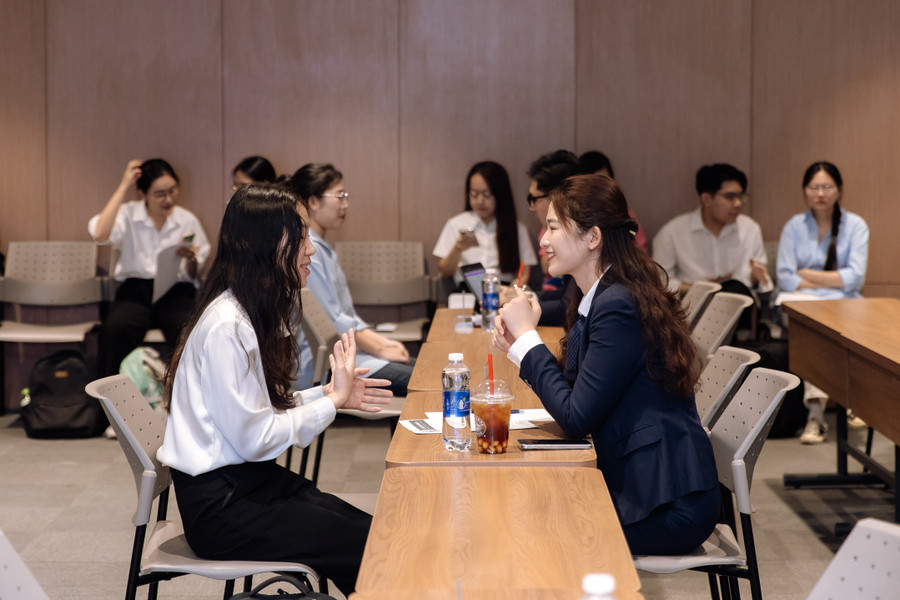
Specifically, schools need to proactively establish interdisciplinary research centers, which bring together professors and leading experts from many different fields and units, to research and propose solutions to complex issues such as transportation, smart cities, sustainable development or climate change.
Mobilizing interdisciplinary strength will help schools effectively exploit their scientific and technological potential, while creating highly applicable research projects that are closely linked to local realities. Mr. Tuan emphasized that the issues of Ho Chi Minh City, from traffic planning, digital economic development to urban infrastructure, all require a comprehensive, multidisciplinary approach with the participation of many parties.
At the scientific workshop “Planning vision and economic development drivers of Ho Chi Minh City”, experts discussed the model of “University in the city - City University”. This is a practical development trend, in which universities become an essential part of urban structure and dynamics: Universities do not stand outside of society, but act together with the city in planning, institutional reform, promoting innovation and green transformation.
Source: https://giaoducthoidai.vn/de-sieu-do-thi-dai-hoc-vuon-tam-post740203.html



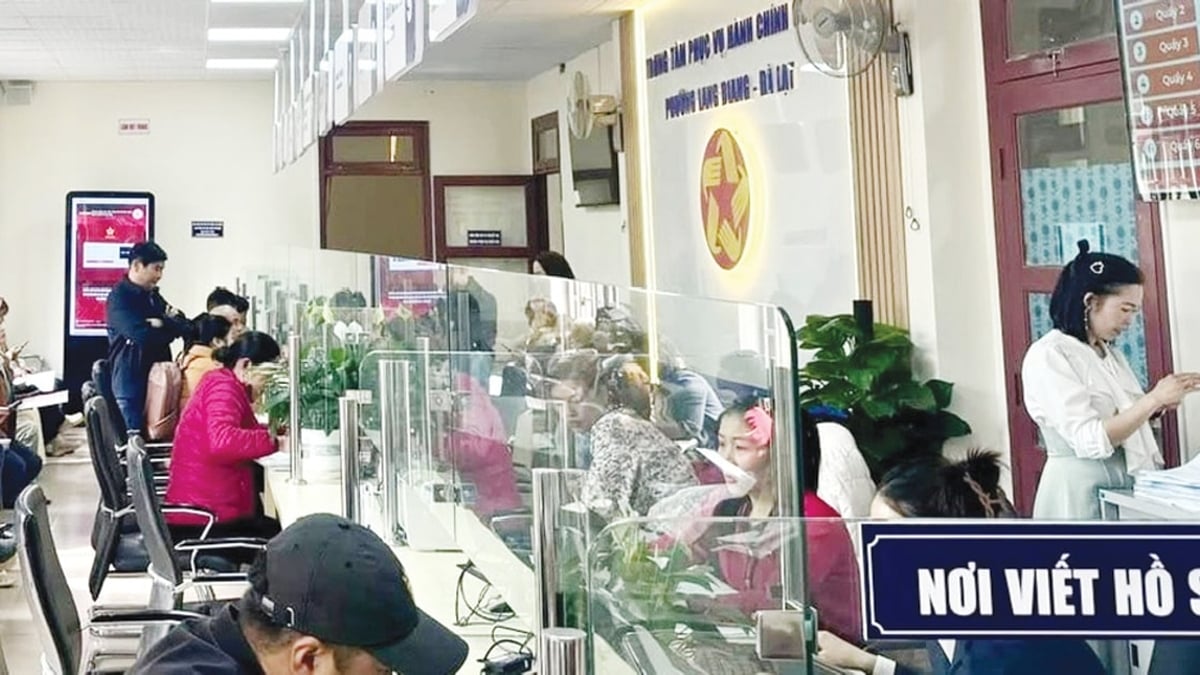
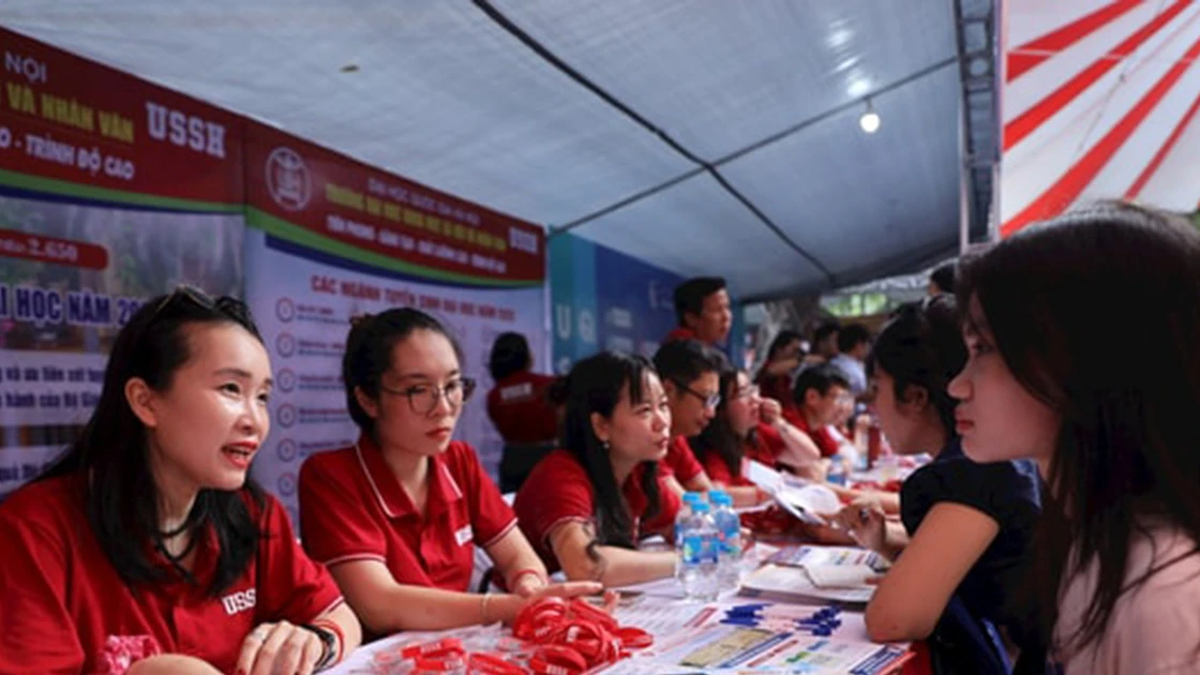
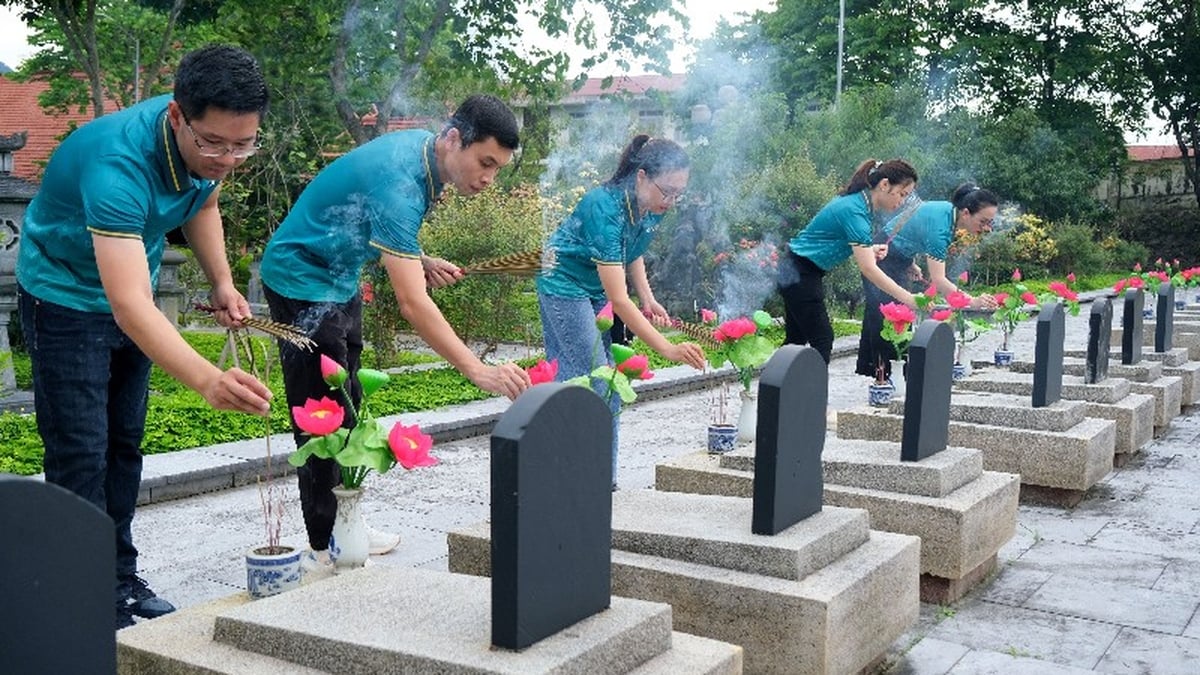
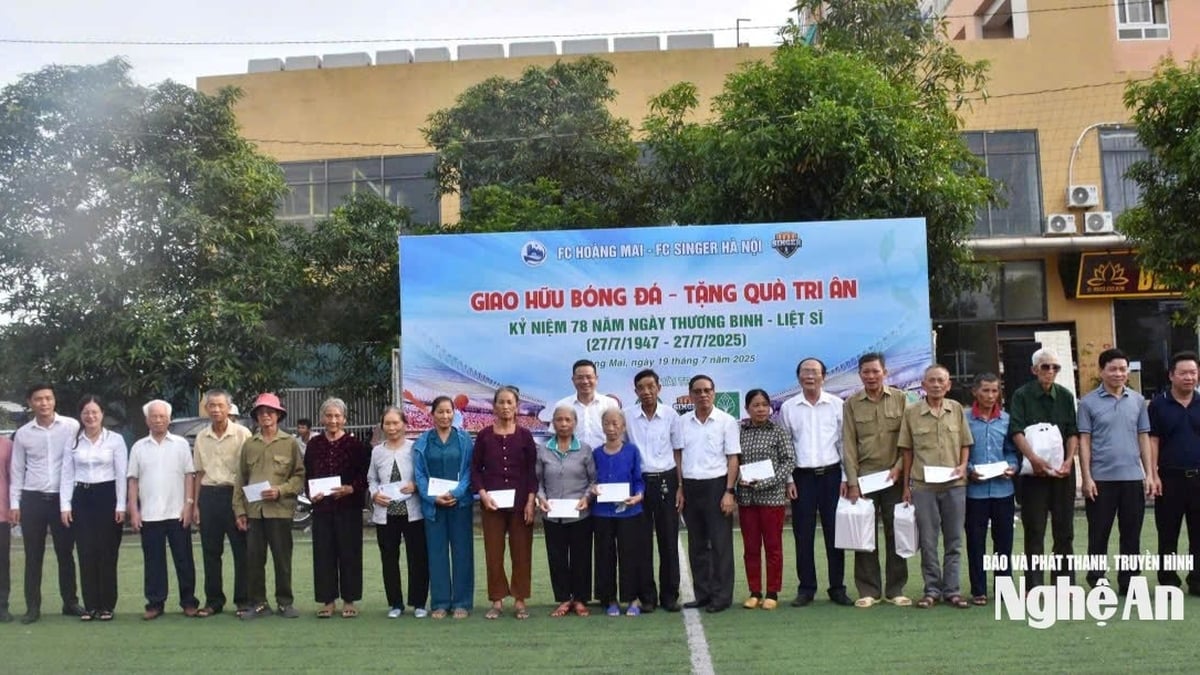
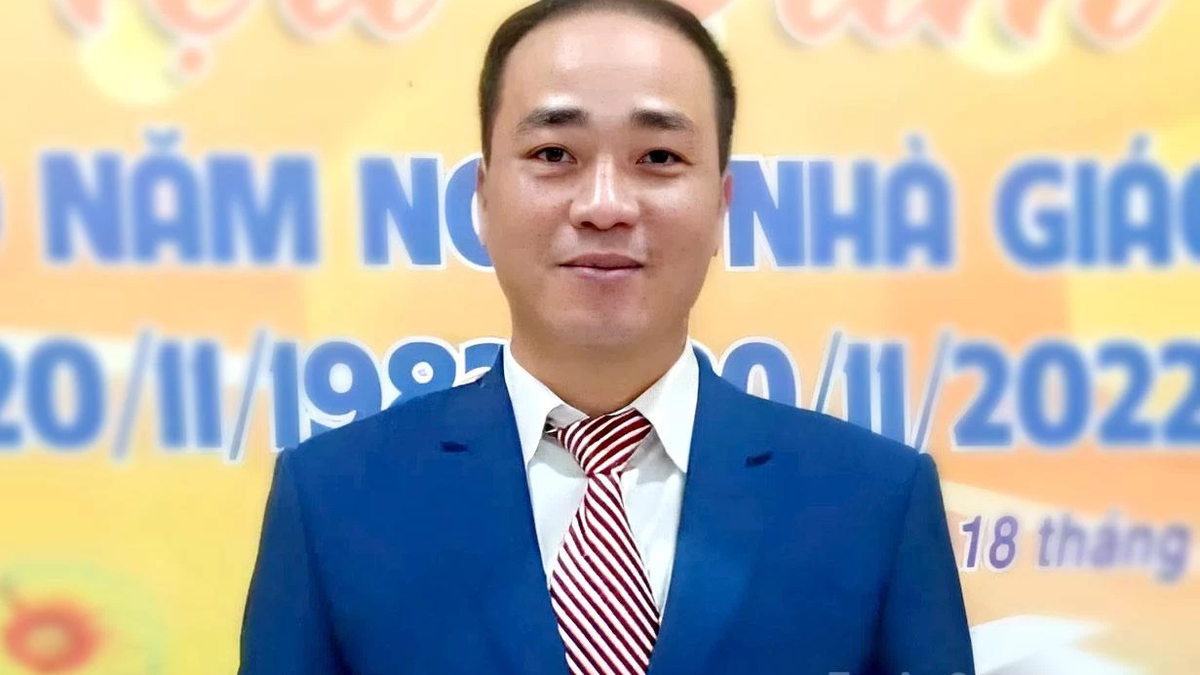
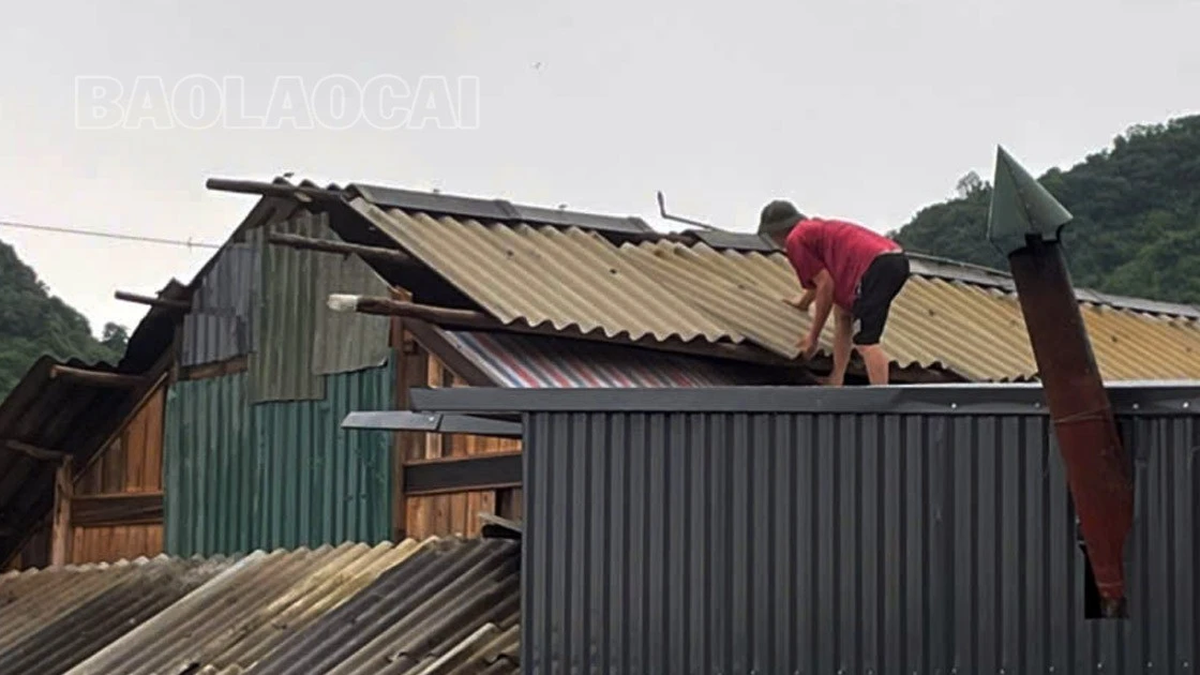
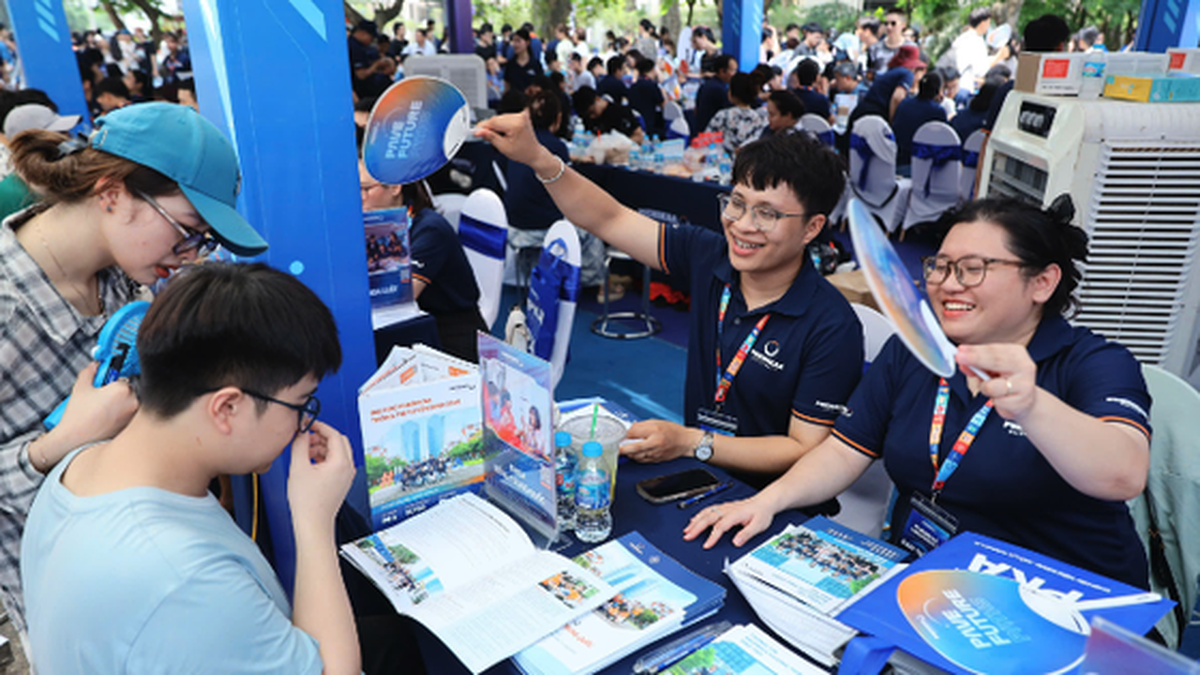

























































































Comment (0)